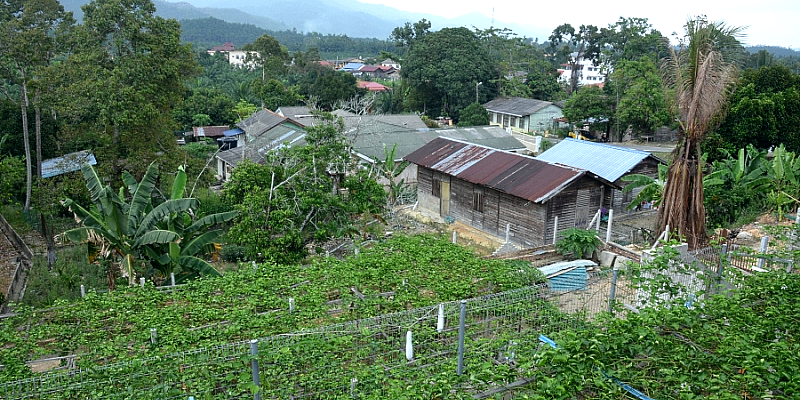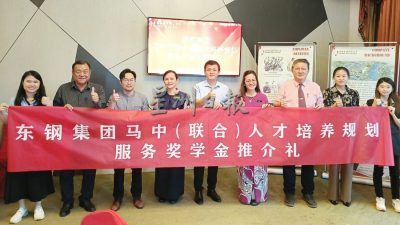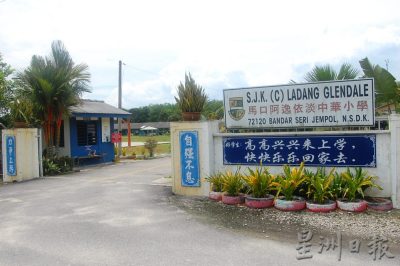
Although Malaysia’s government wants to move the country’s manufacturing base from low-end assembly and labor-intensive production towards lean manufacturing, utilizing AI and automation, it isn’t going to be easy, and the goals may be too ambitious.
There are alternatives such as rural development that would pay better dividends for less money.
The government has embraced “Industry 4.0”, a concept for business and manufacturing that has become the new buzzword.
A flurry of government-linked companies is being utilized to drive this initiative.
The Malaysian Digital Economy Corporation (MDEC) will be responsible for the digital aspects of the vision, and the Malaysian Productivity Corporation (MPC) responsible for promoting lean manufacturing and cloud-based management and marketing channels for businesses.
MPC activities are to organize seminars, undertake study tours both locally and internationally and educate the “players”.
In addition, the government is setting up a 4IR Center in collaboration with the World Economic Forum (WEF).
This is all reminiscent of the now-dormant Malaysian Multimedia Corporation, Malaysian Biotech Corporation and the Badawi-era regional development corporations during their time in the limelight.
Industry 4.0 is not a magic bullet
The fact is that extremely high capital investment costs, long learning curves and payback periods that will take years associated with implementing industry 4.0 technology and developing the associated systems configurations make it unlikely that Malaysian SMEs would be able to adopt these concepts, especially the case given the typical short production runs that SMEs undertake due to the small markets they serve, and short product-lifecycles of what they manufacture and market.
Some of these systems are not agile as claimed, and the expense of changing systems for products can be exorbitant.
Industry 4.0 production concepts are just not suitable for 99 percent of Malaysia’s SMEs, most of which still rely on manual labor, rudimentary production lines and shoestring finance.
A final impediment for domestic investment is the current credit squeeze.
Most SMEs live hand-to-mouth and many suffer liquidity problems, while bank lenders are over-prudent.
Most SMEs are facing higher solvency stress, making future planning and investment very difficult.
Alternatives for scarce resources
Rural poverty in Malaysia requires urgent attention, a crisis that could be partly eased with the government focusing on creating enterprise opportunities within rural areas.
Alleviating rural poverty is an alternative to allocating massive financial resources to drive Industry 4.0 that would benefit only a few, while there is growing financial stress across all communities.
With the extent of rural poverty after 65 years of development, and many more requiring assistance to boost their livelihoods, other approaches to driving Malaysia’s economy may yield greater economic and social benefits.
Urgent need for rural programs
The transformation of the rural heartlands to meet aspirations of becoming a high-income nation have been sadly neglected.
There has been infrastructure development and the facilitation of corporations exploiting natural resources through logging and oil palm plantations.
Citizens of these regions have been left out and continue to slip behind their urban counterparts.
On a micro-scale, people in the rural heartlands generally lack the ability to perceive entrepreneurial opportunities. They lack access to markets, financial capital, good advice, business knowledge, raw materials, the ability to pick up required skills and networking.
Outstanding social problems need addressing including high youth unemployment, youth crime, drug dependence, teenage pregnancies and a general feeling of hopelessness, particularly with male youth.
This is where policy focus is desperately required – not in corporate offices in Kuala Lumpur but around the kampungs, building a new economy to benefit those most in need.
Rural people need to be facilitated into creating new business ideas according to the opportunities they can perceive.
Potential enterprises need to be visualized, products and services developed, production methods to produce the products, raw materials sourced, finance raised, and networks, either people or clouds, to seek and supply customers.
This all has to be done within the cultural framework of rural people, not the textbook vision of a high-growth entrepreneur that business schools like to sell to their cohorts.
This means community-based enterprises. These enterprises empower communities through encouraging the re-acquisition of traditional cottage industry skills to create products of exceptional quality. These include going back to basic market gardening without the hype of “smart farming”, boutique dairies, local meat production and supply, and micro-aquaculture.
New crops need to be developed, new foods and a basis for local trade.
Markets have to be created for these often-remote communities. Products can be distributed through newly created supply chains, first around local area, later around the country and through the internet internationally.
This community enterprise initiative could connect urban communities with the most remote rural communities and bring a new face to consumerism.
This means enhancing and diversifying farmers’ markets, running roadshows, finding urban stockists and creating branded websites and social media selling.
New paradigms – not exploitation
Too often, government agencies try to develop these communities through “textbook strategies”, ignoring the value of traditional skills, cultural integrity and the social fabric of local communities.
Development has to date been primarily concerned with the development of factories, plantations and other corporate for-profit endeavors.
The appropriation of paddy land by corporations to build paddy estates with the land owners becoming laborers doesn’t work culturally.
Too often government rural development initiatives have been aimed at giving land to government-linked companies to exploit, with only secondary considerations given to the local population.
This culminates in dramatic costs to traditional communities in terms of deforestation, erosion and loss of the means to live off the land.
The peninsula’s Orang Asli have a long history of having their land taken away from them, as customary title is not recognized.
Community development visions and implementation strategies must not come to communities as top-down plans.
Too many “connected” consulting firms have been given projects they can’t competently manage.
The communities involved must determine their own visions and future paths, with the state as facilitator.
Facilitators must be practically skilled and passionate. Vocational education must become mobile and come to the kampung rather than remaining in fixed campuses.
The industry 4.0 initiative is likely to make some consultants rich and allow a small number of bureaucrats to travel around the world in the name of studying the Industry 4.0. concept.
History shows what happened to Malaysia’s multimedia and biotech initiatives. Industry 4.0 is likely to go the same way. Resources must go to the communities to make any real economic and social difference.
The greatest form of poverty is the absence of opportunity on one’s own terms within one’s own cultural persona.

(Murray Hunter has been involved in Asia-Pacific business for the last 40 years as an entrepreneur, consultant, academic and researcher. He was an associate professor at Universiti Malaysia Perlis.)
ADVERTISEMENT
ADVERTISEMENT








































